The eastern screech owl (Megascops asio) or eastern screech-owl, is a small owl that is relatively common in Eastern North America, from Mexico to Canada. Eastern screech-owls are mostly gray, reddish-brown or brown with yellow eyes. They are short, stocky and have large heads with almost no neck. Their wings are rounded with a short, square tail.
Almost any habitat with sufficient tree cover will do for this cosmopolitan owl. Tree cavities or nest boxes are essential, and fairly open understories are preferred, but Eastern Screech-Owls live and breed successfully in farmland, suburban landscapes, and city parks. On the Great Plains, at the westernmost edge of its range, Eastern Screech-Owls occur in the uneven traces of wooded land along streams and rivers. Screech-owls cannot survive if all trees are removed, but the species readily recolonizes once trees are replanted, especially if nest boxes are also provided.
Eastern Screech-Owls are chiefly active at night, though they often hunt at dawn or dusk, and occasionally in daylight. These versatile hunters sit and wait in the trees for prey to pass below. They tend to pounce from perches six to ten feet off the ground, occasionally snatching an insect or bat on the wing or hitting shallow water talons-first to snag fish or tadpoles. Most flights are short (less than 75 feet or so). When traveling between perches, these owls often drop, fly straight, then rise again, in a characteristic U-shaped pattern. Eastern Screech-Owls form stable matches, usually one male with one female but occasionally one male with two females. Males defend small territories containing several cavity roost spots. When nesting, the female stays in the nest hole except for brief dawn and dusk excursions. She and the nestlings are fed by her mate, though it is the female who tears the prey into small bits for the babies. At fledging, the young first hop to the ground or nearby branches, using feet and fluttering wings to climb laboriously back to safety. Young gain flight and hunting skills slowly; they depend on their parents for food for 8–10 weeks after fledging. Both parents feed the youngsters at this stage, and adults, especially the females, shelter together with the young in communal tree roosts. Gradually, as the young gain skill, they begin to roost and hunt apart from their parents and siblings.
Eastern Screech-Owls nest in holes and cavities, but never dig a cavity themselves. Thus, they depend on tree holes opened or enlarged by woodpeckers, fungus, rot, or squirrels. They often occupy abandoned woodpecker nest holes. Eastern Screech-Owls readily accept nest boxes, including those built for Wood Ducks or Purple Martins, and sometimes nest in wood piles, mailboxes, or crates left on the ground. The female lays her eggs on whatever debris is at the bottom of her nesting cavity, be it wood-chips, twigs, or the cast-off feathers and droppings from a previous year’s nest. Settling in, she makes a body-shaped depression where her eggs lie.
Eastern Screech-Owls eat most kinds of small animals, including birds and mammals as well as surprisingly large numbers of earthworms, insects, crayfish, tadpoles, frogs, and lizards. They eat many kinds of mammals, including rats, mice, squirrels, moles, and rabbits. Small birds taken as prey include flycatchers, swallows, thrushes, waxwings, and finches, as well as larger species such as jays, grouse, doves, shorebirds, and woodpeckers. This owl is agile enough to occasionally prey on bats, and can rarely even be cannibalistic. When prey is plentiful, Eastern Screech-Owls cache extra food in tree holes for as long as four days. They also have many natural predators, including many other owl species such as Snowy Owls, Great Horned Owls, and Great Gray Owls. They may also fall prey to a number of mammalian predators such as mink, skunks, and raccoons. Even birds such as crows and jays may make a meal out of an Eastern Screech-owl.
Both males and females sing. Their most common sounds are an even-pitched trill, often called a “bounce song” or tremolo; and a shrill, descending whinny. The tremolo is used by pairs or families to keep in touch and is 3–6 seconds long. The whinny is 0.5–2 seconds long and is used to defend territories. These two songs may be given one after the other. Mated pairs may sing to each other antiphonally, both day and night. Among the Eastern Screech-Owl’s many calls are soft, low hoots; loud, sharp barking calls that indicate alarm or agitation; and, true to their name, screeches—typically given by adults defending nests or fledglings. A three- or four-note chuckle or rattle denotes annoyance, as when a bird is being mobbed. Annoyed screech-owls make a clacking sound by snapping their bill mandibles together. Captured birds may hiss as part of a threat display. Here is a link so you can listen to this bird too.
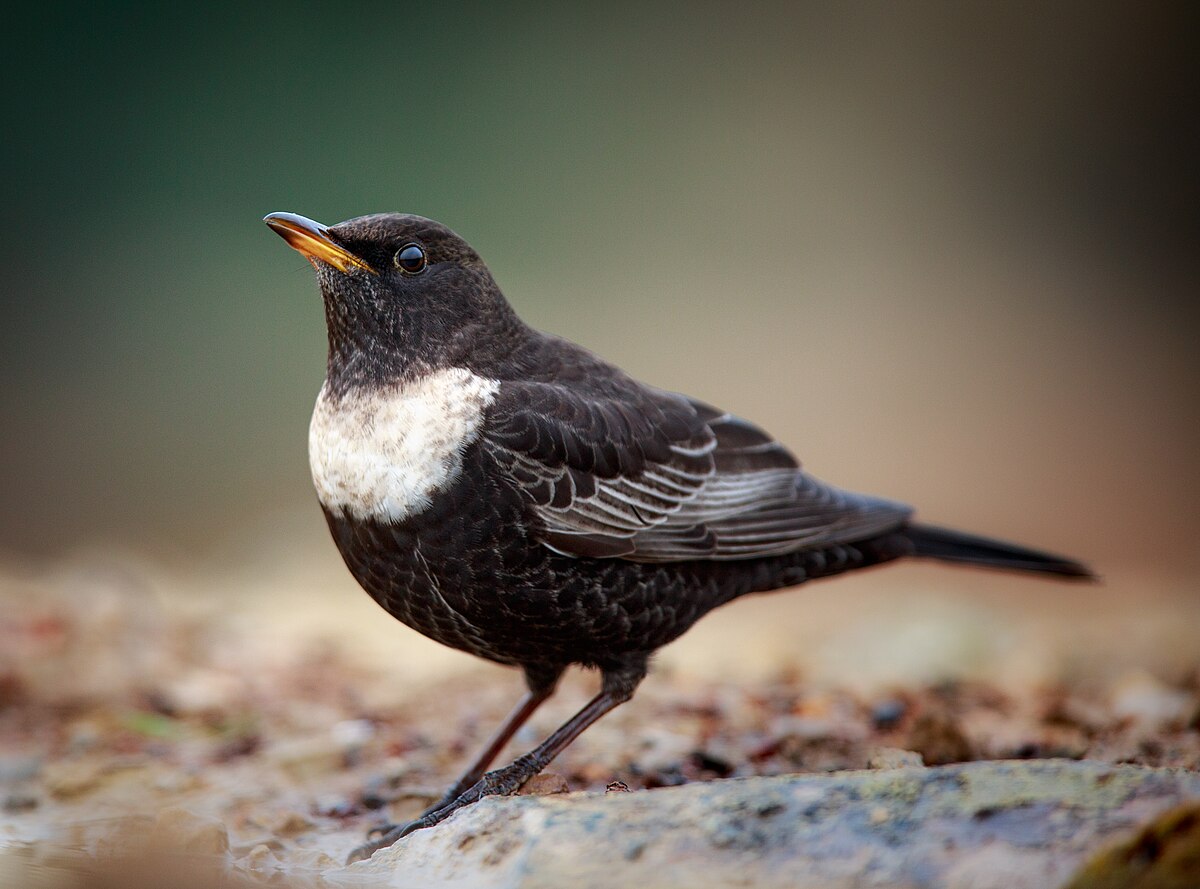
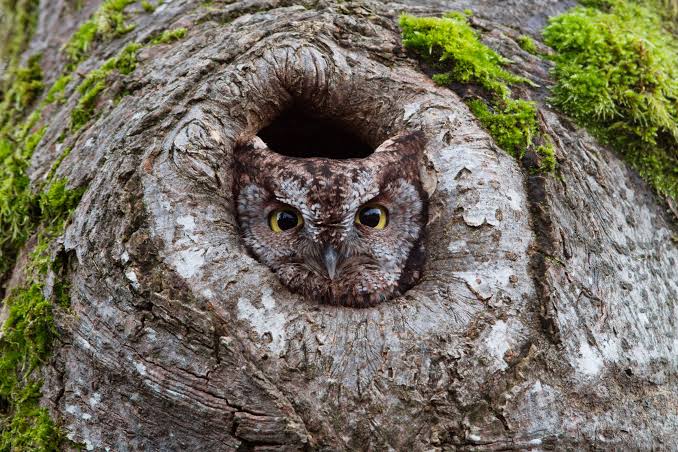
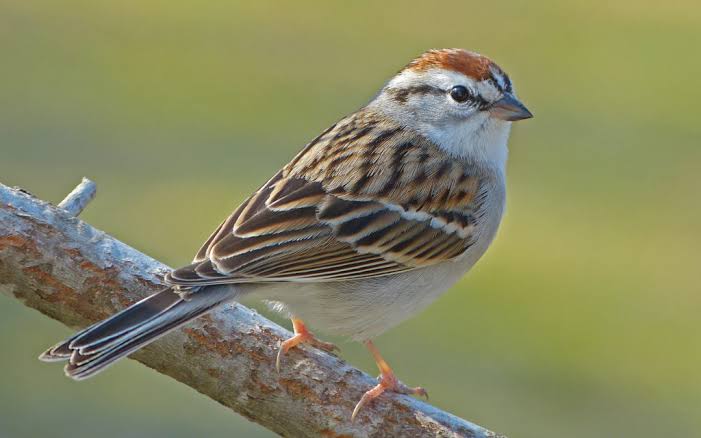

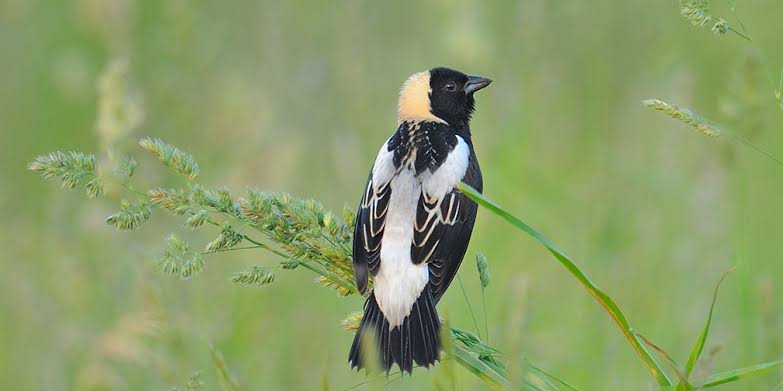
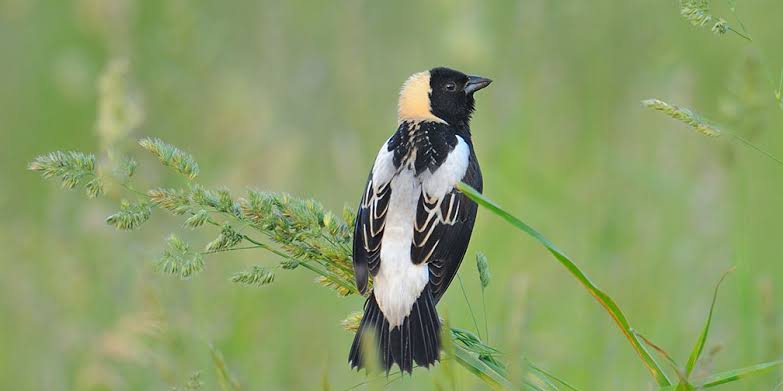
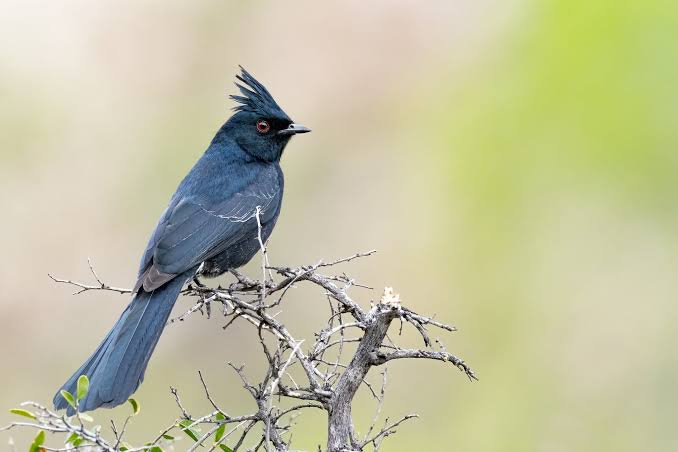
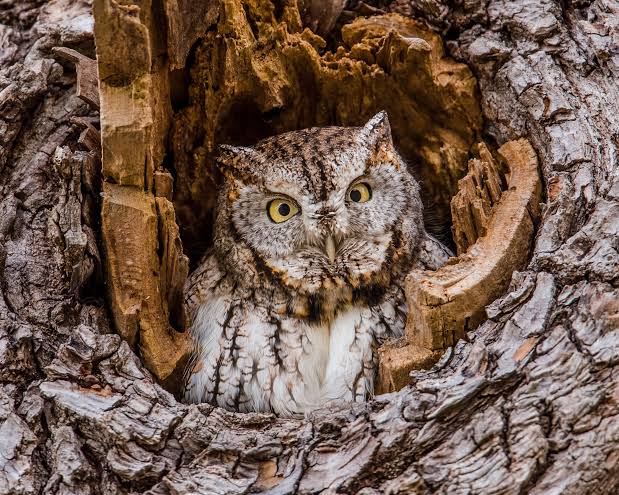
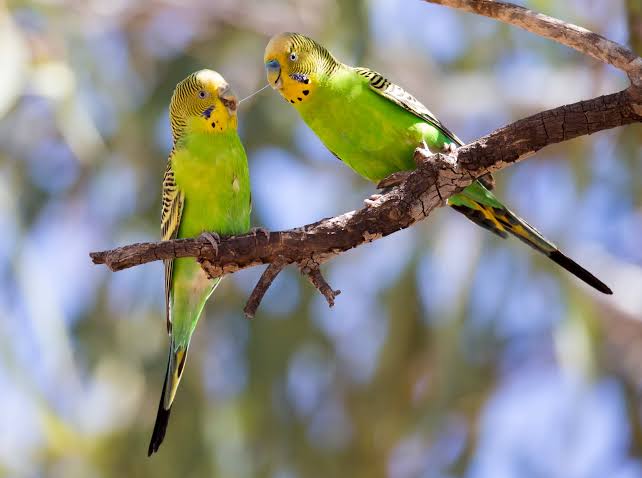
Ok…